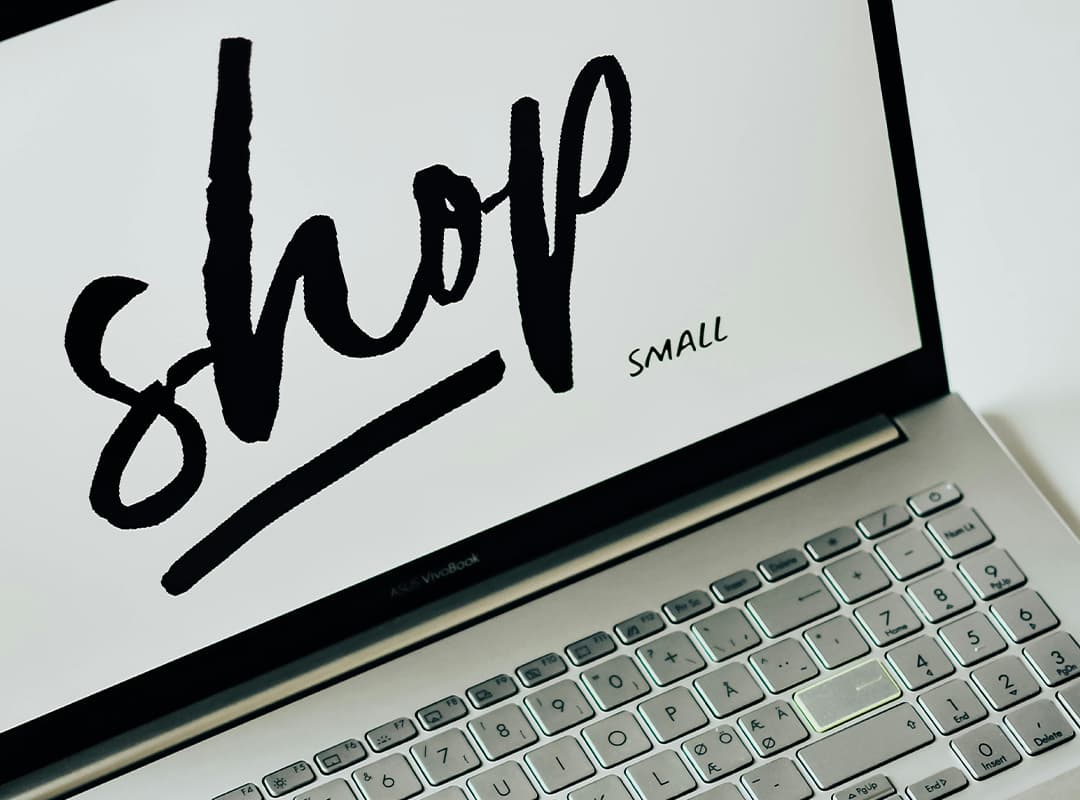The font you choose for your logo is as important as the colors and icons. It’s not just about aesthetics—your font communicates your brand’s personality and values. The right typeface can make your logo more memorable, professional, and effective at connecting with your audience.
Whether you’re designing from scratch or using a tool that offers free logo design and download, understanding the principles of font selection will help you create a logo that stands out.
Why Fonts Matter in Logo Design
Fonts are more than letters; they’re a visual representation of your brand’s tone and style. The right font can convey trustworthiness, creativity, or sophistication, while the wrong one can confuse your audience or make your brand appear unprofessional.
The Role of Fonts in Branding
- First Impressions: A font can instantly communicate what your business is about.
- Emotional Connection: Fonts evoke feelings—formal, playful, or modern—that align with your brand message.
- Consistency: Your logo font sets the tone for other branding materials, creating a cohesive visual identity.
Types of Fonts and Their Meanings
Understanding font categories can help you choose one that resonates with your brand.
1. Serif Fonts
- Description: These fonts have small lines (serifs) at the ends of letters.
- Personality: Traditional, elegant, and trustworthy.
- Best For: Law firms, luxury brands, and editorial companies.
- Examples: Times New Roman, Garamond.
2. Sans-Serif Fonts
- Description: Clean, modern fonts without decorative lines.
- Personality: Minimalist, approachable, and versatile.
- Best For: Tech startups, modern brands, and creative agencies.
- Examples: Helvetica, Arial.
3. Script Fonts
- Description: Fonts that mimic handwriting or calligraphy.
- Personality: Elegant, creative, or playful, depending on the style.
- Best For: Fashion brands, wedding services, and artistic ventures.
- Examples: Pacifico, Great Vibes.
4. Display Fonts
- Description: Bold, decorative fonts designed to stand out.
- Personality: Unique, dramatic, and eye-catching.
- Best For: Entertainment, food and beverage, or niche products.
- Examples: Lobster, Bebas Neue.
How to Choose the Right Font for Your Logo
1. Understand Your Brand Identity
Before selecting a font, define your brand’s personality. Are you modern or traditional? Playful or serious? Your font should align with these attributes.
2. Prioritize Legibility
No matter how creative your font is, it must be easy to read at all sizes. Avoid overly intricate fonts that become illegible in smaller formats.
3. Test Font Pairings
If your logo includes both a symbol and text, consider combining two fonts. A sans-serif font for the company name and a script font for a tagline can create a balanced look.
4. Keep It Simple
Minimalism often works best in logo design. Stick to one or two fonts to avoid a cluttered appearance.
5. Experiment with Tools
Using online platforms that offer free logo design and download can help you test different fonts and styles. These tools provide templates and customization options, allowing you to experiment before finalizing your choice.
6. Align with Industry Trends
While you want your logo to stand out, it should still feel appropriate for your industry. For example, a tech company might lean toward sans-serif fonts, while a boutique might prefer elegant scripts.
7. Test Your Logo Across Platforms
Ensure your font works well in various contexts, from digital platforms to print materials. Check its legibility and appeal on different backgrounds and sizes.
Examples of Iconic Logos and Their Fonts
- Coca-Cola: Uses a script font to convey nostalgia and tradition.
- Google: A clean, sans-serif font reflects innovation and simplicity.
- Chanel: A serif font communicates luxury and timeless elegance.
Common Mistakes to Avoid
- Overcomplicating the Design: Avoid using too many fonts or overly decorative styles.
- Ignoring Readability: Fancy fonts might look appealing but can confuse your audience if they’re hard to read.
- Following Trends Blindly: While trends can inspire, prioritize fonts that align with your long-term brand identity.
Choosing the perfect font for your logo is a critical step in crafting a strong brand identity. By understanding font styles and considering your brand’s personality, you can select a typeface that communicates your values effectively.
Start experimenting today with tools that allow free logo design and download, and discover the ideal font that makes your logo truly unique!
